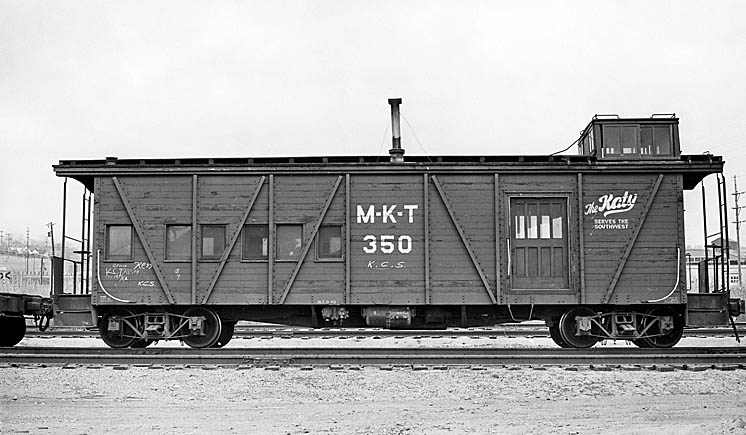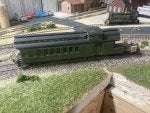Roundhouse kit with details I've never seen in a Roundhouse kit.
![Image]()
First thing I did was hit it with a Krylon rattle can of red primer. Close enough to "boxcar red".
Metal/wire grab irons & hand rails.
![Image]()
![Image]()
The rattle can of black primer started spitting and sputtering as I sprayed the roof. I thought "Great. That's a do-over." But when it dried I thought it looked like the roof had been tarred, so I left it alone.
![Image]()
First thing I did was hit it with a Krylon rattle can of red primer. Close enough to "boxcar red".
Metal/wire grab irons & hand rails.
The rattle can of black primer started spitting and sputtering as I sprayed the roof. I thought "Great. That's a do-over." But when it dried I thought it looked like the roof had been tarred, so I left it alone.






